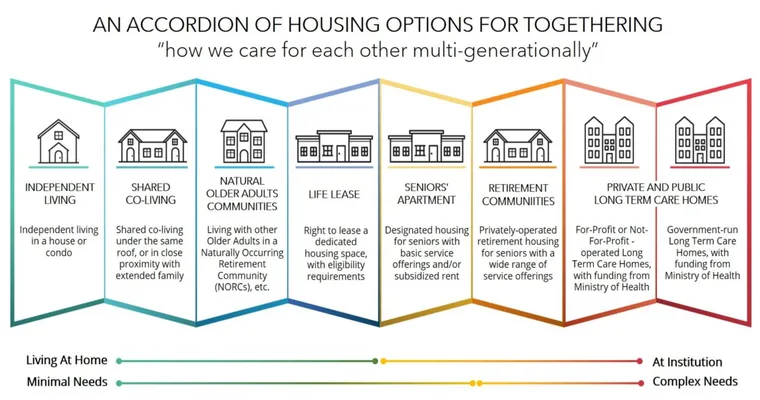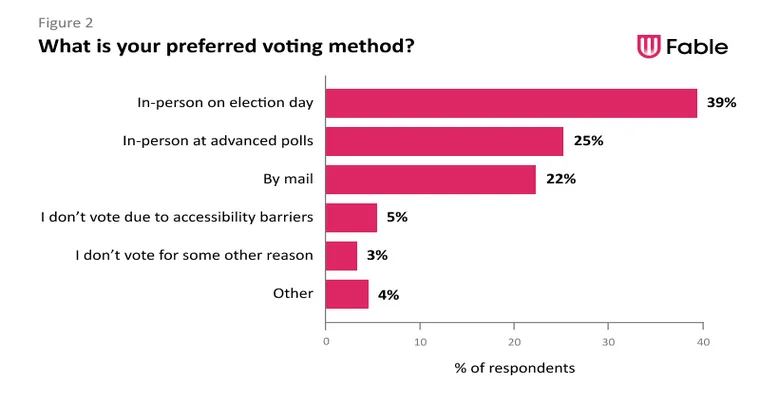As seniors age, many seek "independent living" options that provide them with the freedom and comfort they desire while ensuring their safety and well-being. Understanding the various types of "independent living" arrangements can help families make informed decisions for their loved ones. Here, we explore three popular types of "independent living" for seniors: independent living communities, assisted living facilities, and retirement villages.
Independent Living Communities
Independent living communities are designed for seniors who want to maintain their autonomy while benefiting from a supportive environment. These communities offer a variety of housing options, including apartments, cottages, or single-family homes. Residents typically enjoy a range of amenities such as communal dining, social activities, fitness centers, and transportation services. In addition, these communities often provide maintenance and housekeeping services, allowing seniors to focus on enjoying their retirement without the burden of home upkeep. Independent living communities foster a sense of community and encourage social interaction among residents, which can significantly enhance their quality of life.
Assisted Living Facilities
For seniors who may require a bit more support while still wishing to retain their independence, assisted living facilities are an excellent option. These facilities offer a combination of independent living and assistance with daily activities such as bathing, dressing, medication management, and meal preparation. While residents have their own private living spaces, they benefit from on-site staff available 24/7 to provide care as needed. Assisted living facilities often include amenities like fitness programs, recreational activities, and transportation services, making it easier for seniors to maintain an active lifestyle while receiving the support they need.
Retirement Villages
Retirement villages, also known as active adult communities, cater to seniors looking for a vibrant lifestyle in a communal setting. These villages are specifically designed for seniors aged 55 and older and typically feature a range of amenities such as golf courses, swimming pools, clubhouses, and walking trails. Residents in retirement villages enjoy a maintenance-free lifestyle, with landscaping and home repairs handled by the community. In addition to recreational activities, these villages often organize social events, classes, and outings, providing residents with opportunities to engage with their peers and form lasting friendships.
Conclusion
Choosing the right type of "independent living" for seniors is crucial for their happiness and well-being. Whether opting for "independent living communities", "assisted living facilities", or "retirement villages", each option has unique benefits that cater to different needs and lifestyles. By understanding these three types of "independent living", families can make informed choices that ensure their loved ones enjoy a fulfilling and comfortable retirement.





